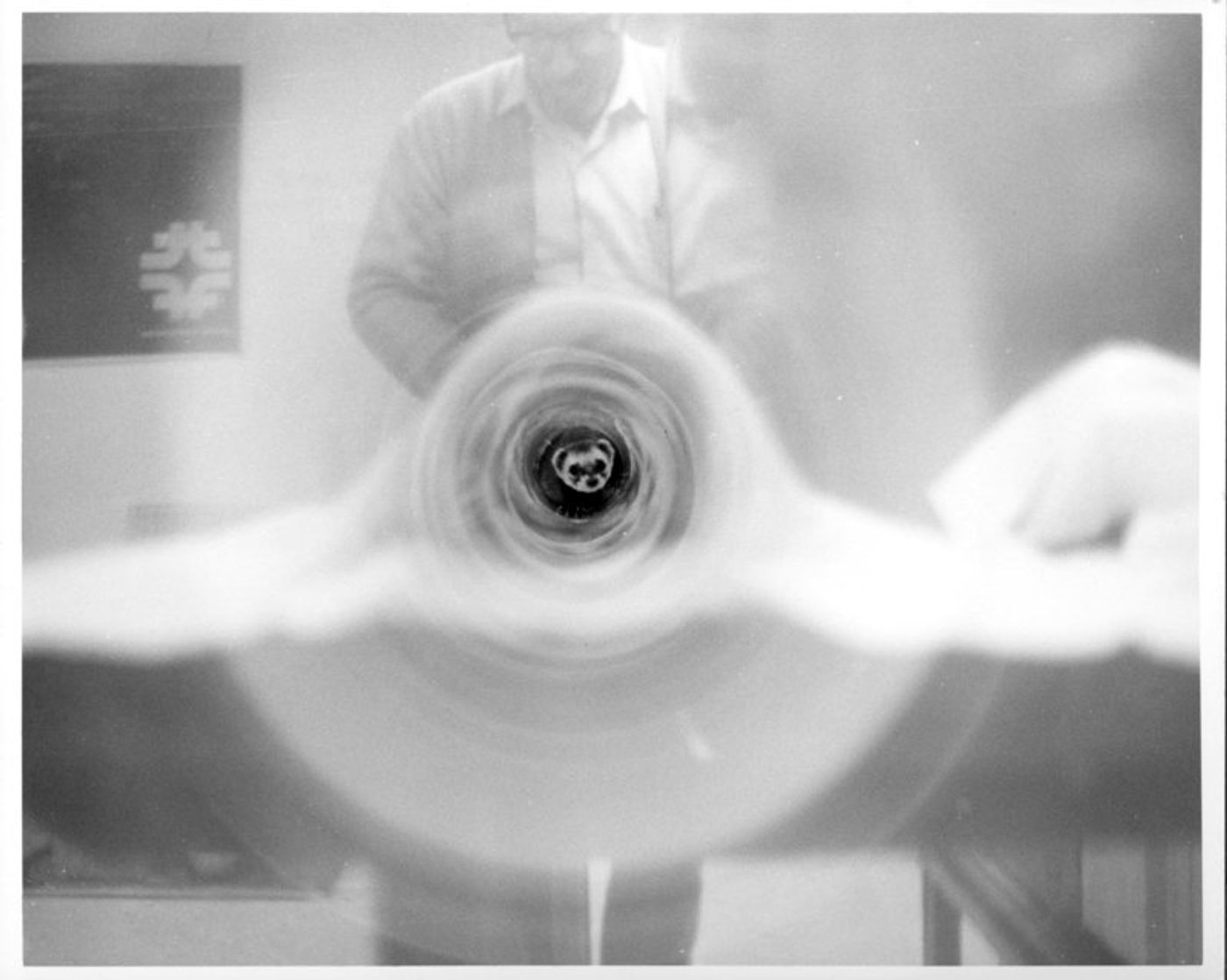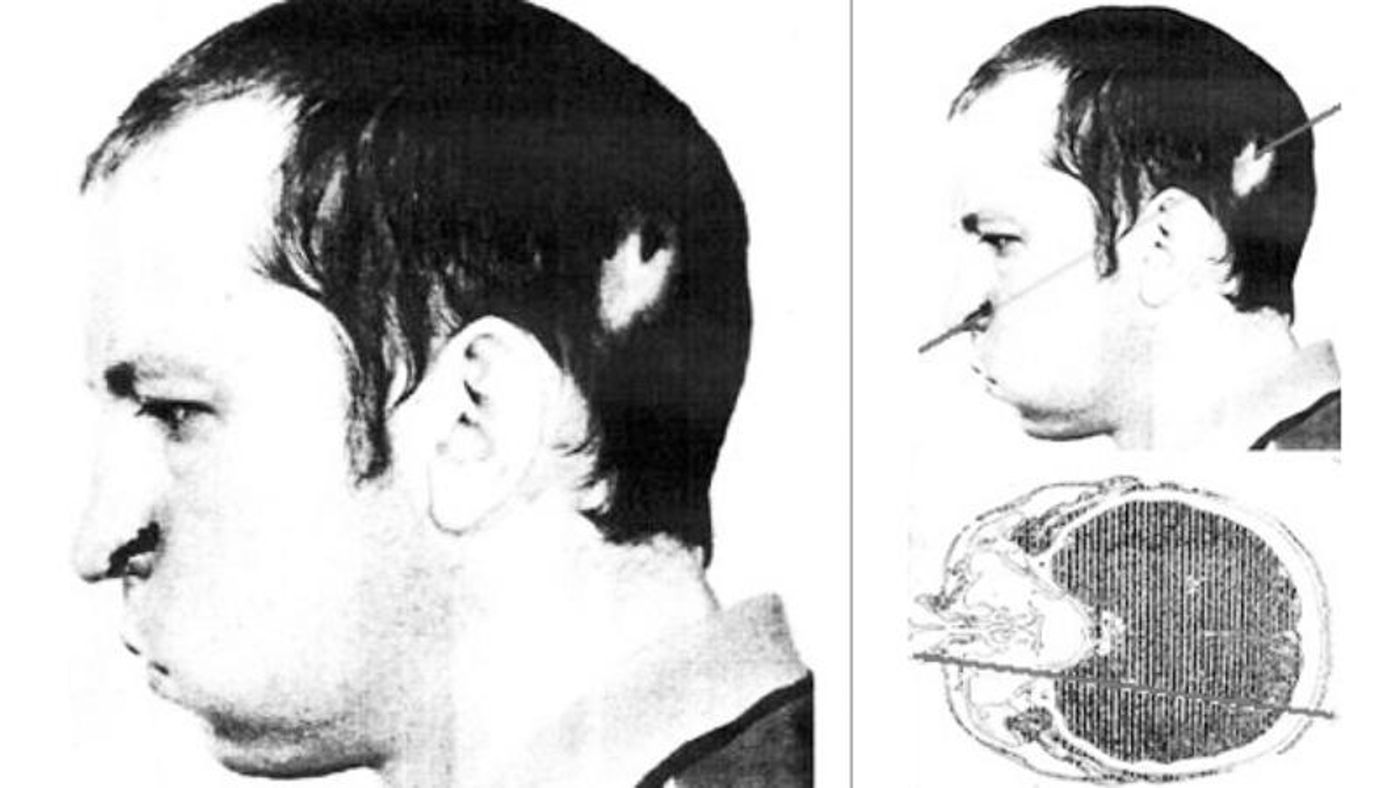Ferret, Diaper, and Human Flesh--Odd Things that Ended Up in a Particle Accelerator
The history of science is marked by the milestone of brilliant breakthroughs and disappointing setbacks. However, moments of oddness were also a part of the journey, for all the good reasons and the bad ones, too.
Particle accelerators, since their first appearance in the 1930s, have provided humanity an opportunity to probe and manipulate subatomic structures. With the size as big as a modest town, or as small as an old school turntable, these atom smashers are advancing our understanding of the universe as well as the biology of our bodies.
However, not everything that has ever been placed inside an accelerator would make sense at first glance. For example, in 1971 particles physicists at the National Accelerator Laboratory in Batavia, Illinois had trouble initiating a high energy particles beam in their newly constructed accelerator because the sliver debris left inside the 4 miles long vacuum tube made their electromagnets short out.
To get rid of the debris in their curvy conduit, the scientists deployed a low-tech solution: an engineer bought a ferret named Felicia from a local pet store. With a string was attached to her collar, the animal was expected to scamper through the vacuum tube. Once she emerged from the other end, a cleaning swab would be attached to the string and pulled through to clean the tunnel.
Initially quite hesitant, Felicia eventually became comfortable crawling through a 400-feet stretch of the tube at a time. After a dozen runs, she retired as her mechanical replacement, powered by magnets, took over the job in the then finished, longer vacuum tube.
In term of keeping things nice and clean, the development of the modern disposable diaper has come a long way. From bulky and leaky cotton to polymer beads, the filling materials of diapers has taken a giant leap in the past decades.
Without properly examining the microscopic structure of their polymer bead, scientists at the Dow Chemical Company (the original manufacturer of polymer) had a problem optimizing the design of their absorbent material. They requested for help from the Lawrence Berkeley National Laboratory, the hosting facility of the Advanced Light Source (ALS).
The ALS is capable of whipping electrons at close to light speed inside its nearly circular path, generating the world's brightest UV and soft X-ray source. With the intense X-ray beams focused on their wetted polymer samples, Dow chemists finally managed to see the structural detail with unprecedented resolution. The X-ray microscopy technique was later credited for ultimately improving the formula for the superabsorbent polymers used in nowadays leak-proof diapers.
While some offbeat stories belong to the scientific hall of fame, the next one should remain a cautionary tale in every workplace safety pamphlet. Due to an accident, Soviet physicist Anatoli Bugorski became the world's first and only human who was hit by a research particle beam.
One day mid-1978, Bugorski, then a graduate student, was servicing a U-70 synchrotron (the largest particle accelerator in Soviet Russia at the time) when all of a sudden he saw an ultra-intense flash of light. Due to the failure of the safety mechanism, his head, which was in the beam path at the time, was stricken by a burst of high-energy protons. The beam entered through the back of his head and exited near his nose.
Fortunately, Bugorski neither suffered a life-threatening wound nor took any damage in his neural system, despite the swollen facial tissue right after the accident. After his yearlong recovery, he managed to complete his Ph.D. training and later worked as a coordinator of physics research.
Interested in learning about particle accelerators? Check out this video uploaded by UK's Royal Institute.
Particle Accelerators Reimagined - with Suzie Sheehy
Source: atlas obscura/symmetry/theatlantic











